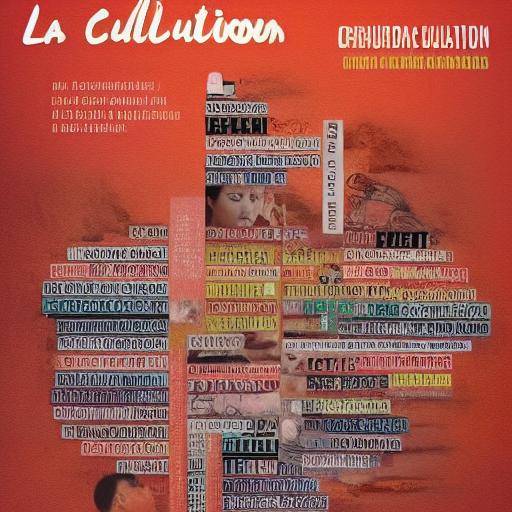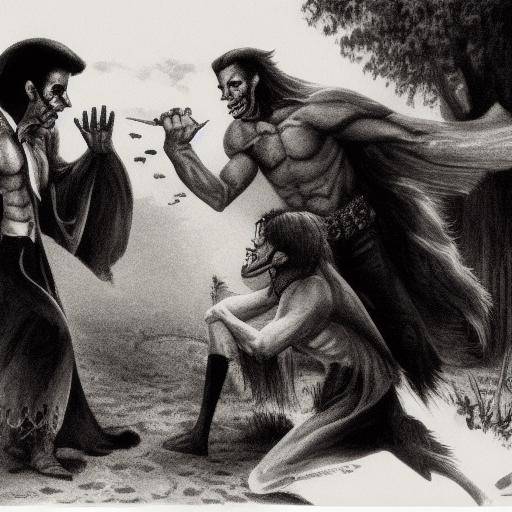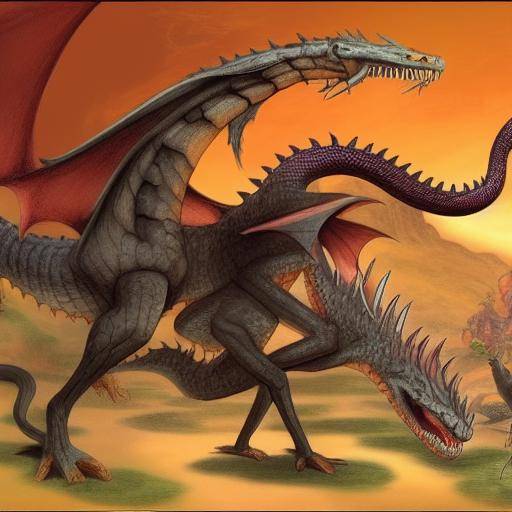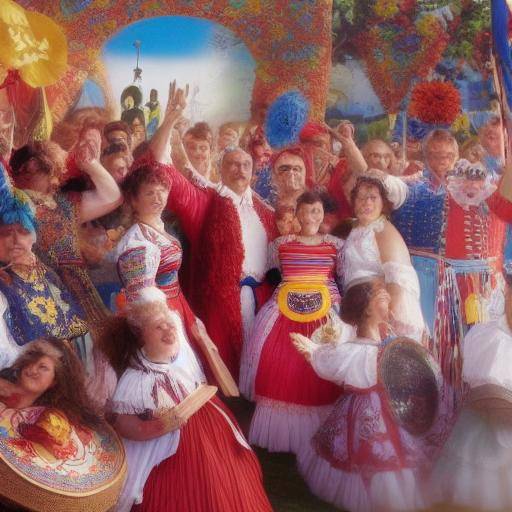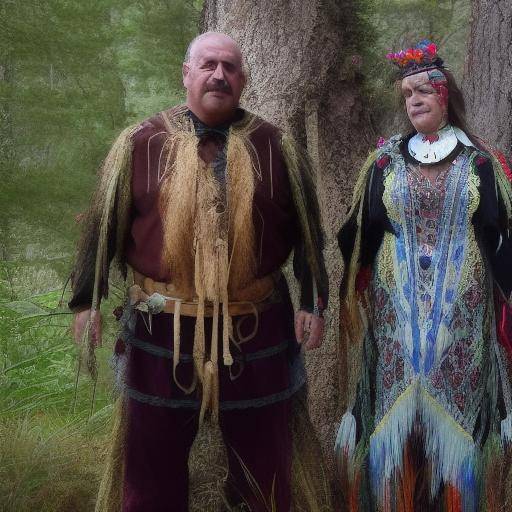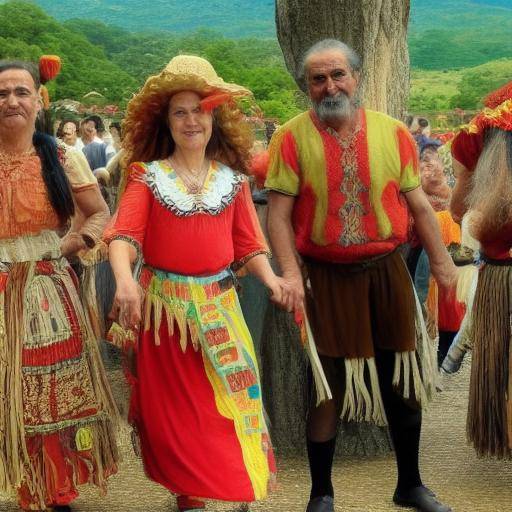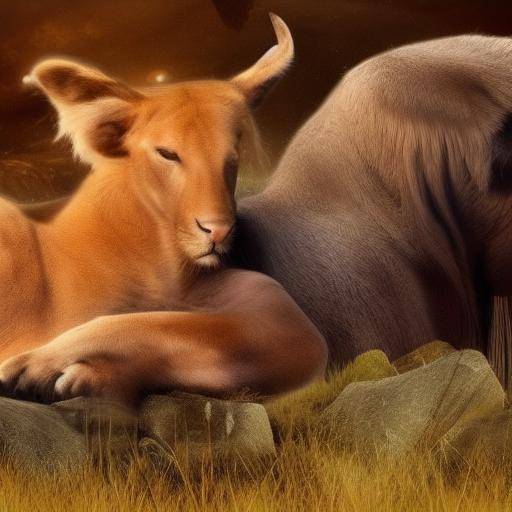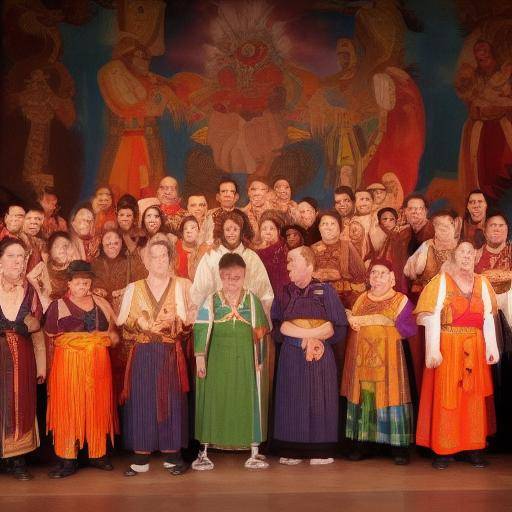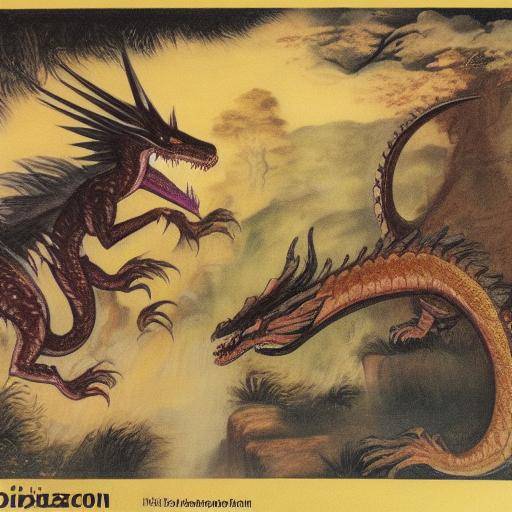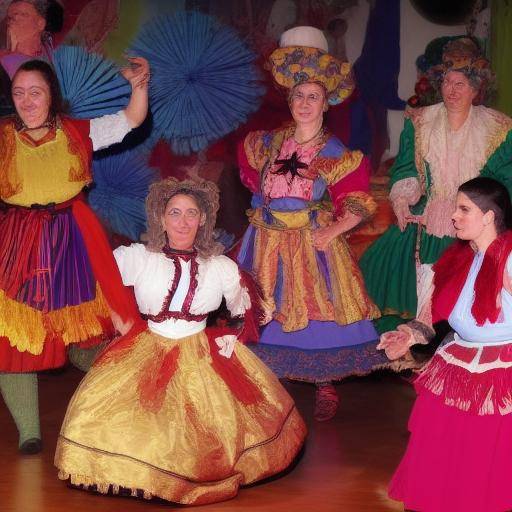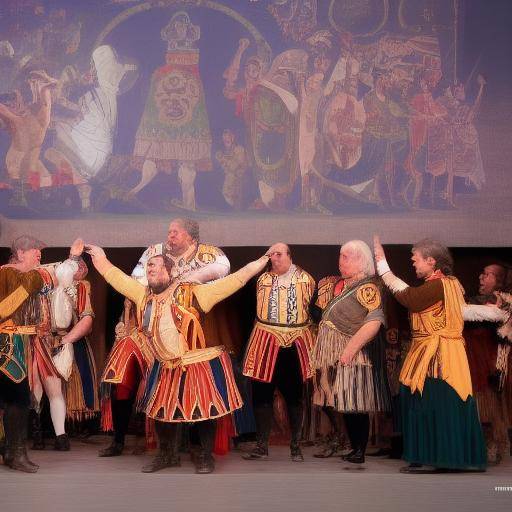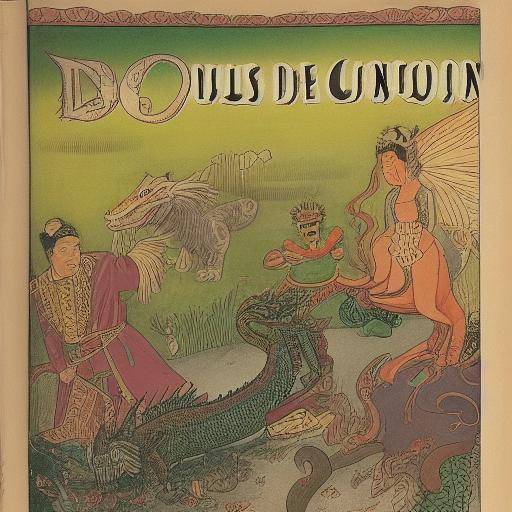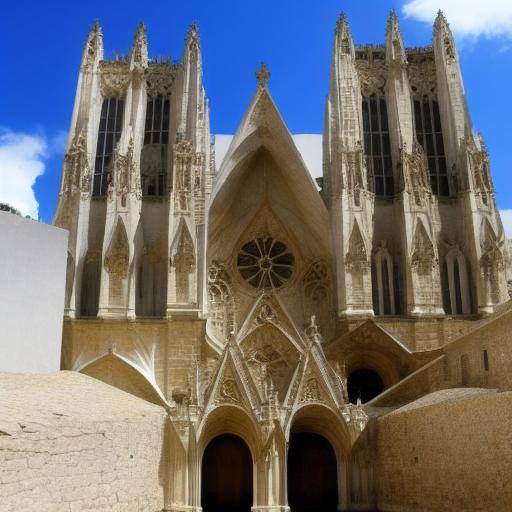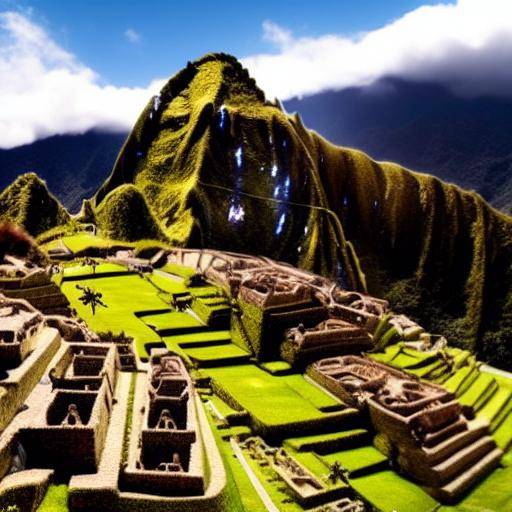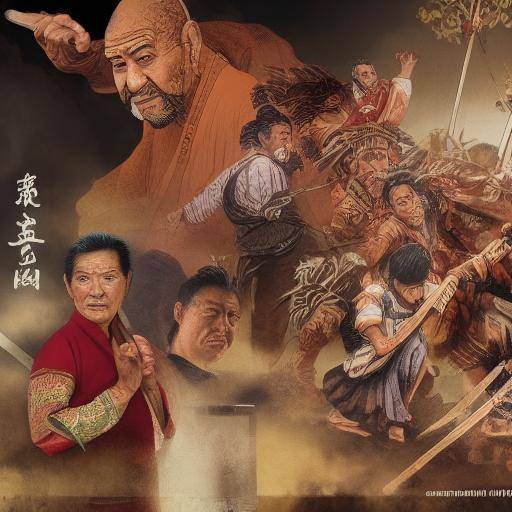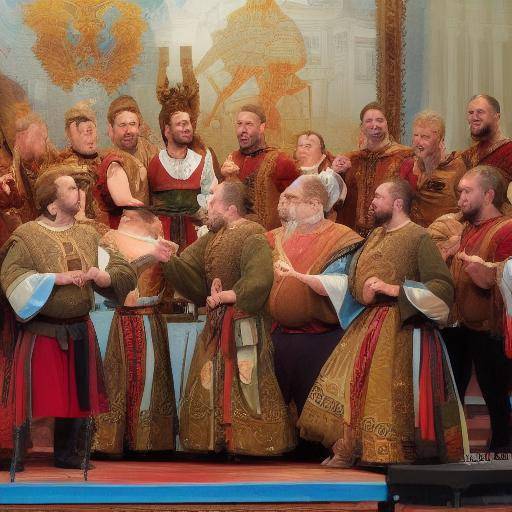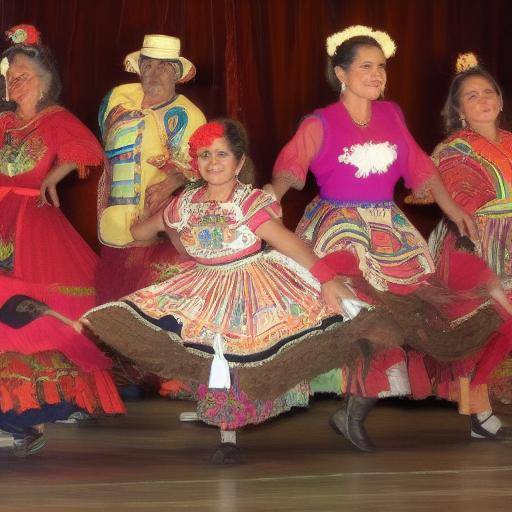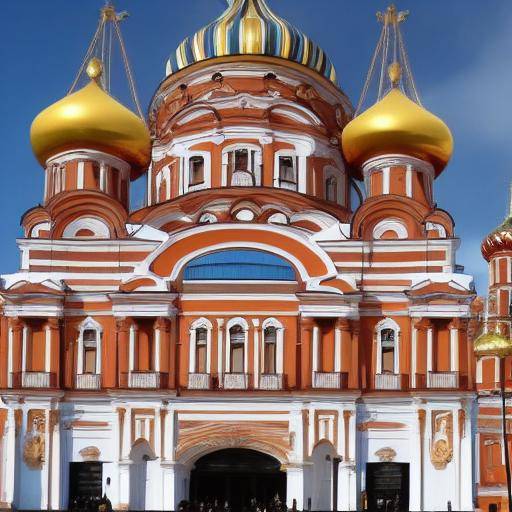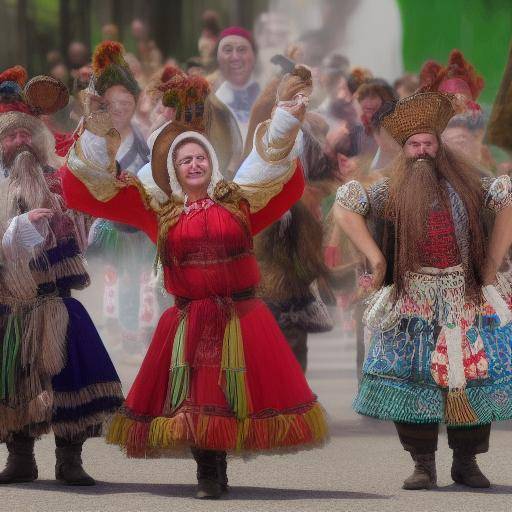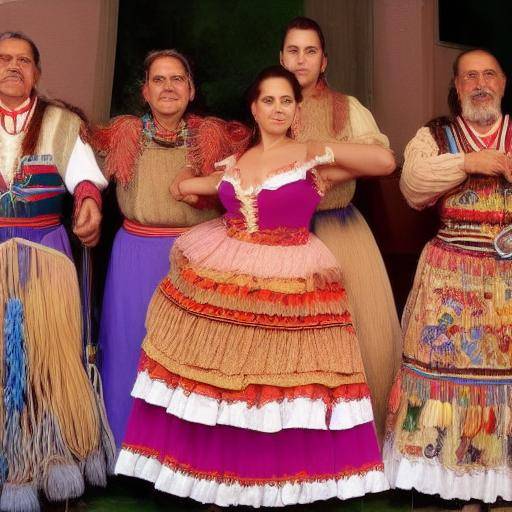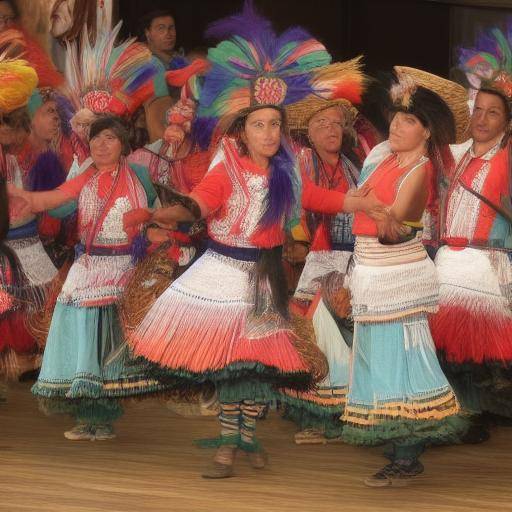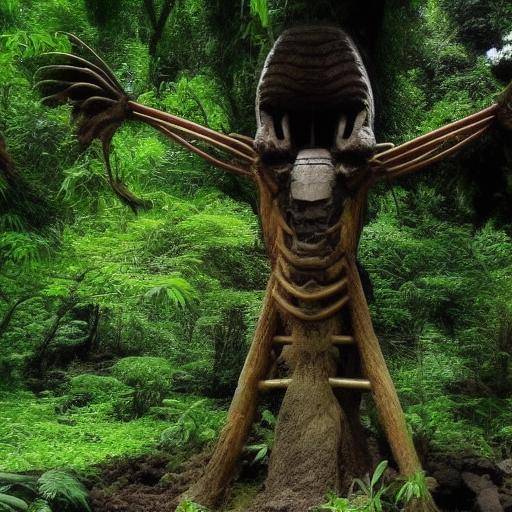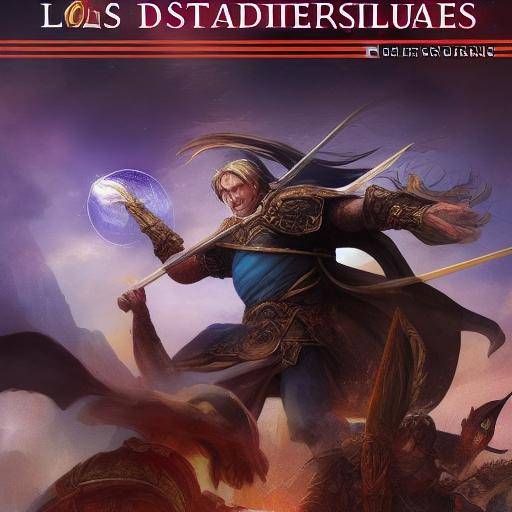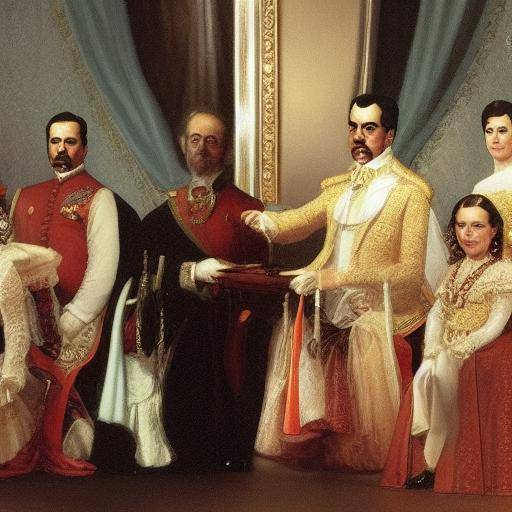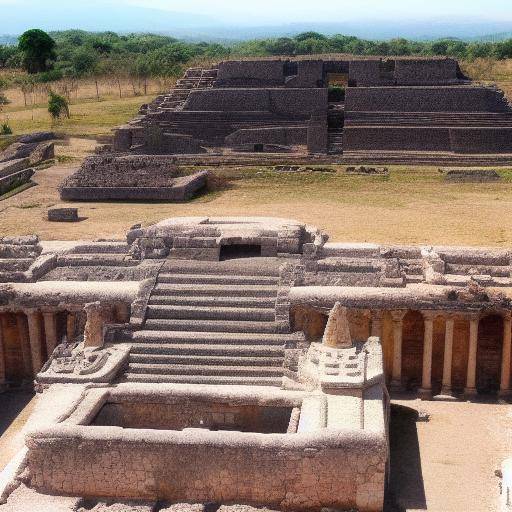
Mesopotamian mythology is one of the most fascinating and enigmatic of ancient times. The temples occupied a central place in this culture, serving as places of worship and veneration of powerful gods. In this article, we will explore the legends associated with the temples and their divinities in Mesopotamian mythology, providing a deep insight into this rich historical legacy.
Introduction
Mesopotamian mythology, rooted in the ancient civilizations of Sumeria, Babylon and Assyria, is a vast upholstery of mythical accounts, gods and heroes that have endured over millennia. In the center of this cosmogony are the temples, imposing structures dedicated to the worship of gods that governed on the elements, war, love and justice. Throughout this article, we will enter the puzzles of these temples and the mythological accounts that surround them, giving a unique look to a historical period that has fascinated generations.
History and Context
The ancient Mesopotamia, the "land between rivers" that understood the fertile plains between the Euphrates and Tigris rivers, was the scene where mythological legends flourished and the construction of majestic temples. These temples, known as zigurats, were centers of ritualistic activity and worship of the gods. The most famous of them, the zigurat of Babylon, was consecrated to the god Marduk, the supreme deity of Babylonian mythology. These structures were not only a testimony to the architectural skill of the time, but also represented the connection between the divine and the earthly.
The Legends and their Temples
Each Mesopotamian temple housed its own legend, its own myths and gods. From the epic of Gilgamesh, who narrates the exploits of the heroic king in search of immortality, to the accounts of the goddess Ishtar, whose temple in Uruk was a centre of worship and worship, these narratives offer a unique look at the beliefs and values of Mesopotamian culture. The temples were not only places of religious fervor, but also scenarios of intrigue, power and passion, as shown by the legends woven around them.
Worship and Worship
Life in the ancient Mesopotamia was imbued with worship to the gods, and the temples were the epicenter of this devotion. The priests and priests played a fundamental role in the veneration of deities, performing ceremonies, sacrifices and prayers on behalf of the people. The relationship between temples and Mesopotamian society was intricate and of vital importance, influencing the politics, economy and morality of the time.
The Influence of the Gods in Cotidian Life
In Mesopotamian mythology, the gods were not distant and impersonal figures, but entities whose acts and desires directly influenced the lives of mortals. The temples served as intermediaries between the people and the gods, uniting the earthly with the divine. Faith in the gods shaped the conduct and decisions of the people, and the temples were the epicenter of this sacred relationship.
Conclusions
Mesopotamian mythology, through its temples, gods and myths, offers a window to the fascinating and intriguing past of one of the most influential civilizations in the ancient world. The mythological accounts intertwined with the construction and worship of temples reveal a worldview rich in symbolism, mystery and devotion. Thus, by exploring the legends of the Mesopotamian temples and their gods, we entered into a universe in which the divine and Loterrestrial intertwined in an inextricable way, leaving an imbberable mark on the history of humanity.
Frequently asked questions
1. What were the most emblematic temples in Mesopotamian mythology?
The most emblematic mesopotamian temples included the zigurat of Babylon, dedicated to the god Marduk, and the sanctuary of the goddess Ishtar in the city of Uruk, among others. These monumental structures were centers of worship and worship of vital importance in the former Mesopotamia.
2. What were the main divinities worshipped in Mesopotamian temples?
Among the main divinities worshipped in the Mesopotamian temples were Marduk, Ishtar, Enlil, Sin and Shamash. Each deity represented fundamental aspects of human existence, from love and fertility to justice and war.
3. How did the temples and associated legends influence the daily life of the ancient Mesopotamia?
The temples and mythological legends exerted a profound influence on the daily lives of Mesopotamians. Beliefs in the gods formed the ethics, morals and political, economic and social decisions of society.
4. What role did priests and priests play in Mesopotamian temples?
The priests and priests played a crucial role in the temples, serving as intermediaries between the gods and the mortals. They performed rituals, ceremonies and acts of worship in the name of the community, maintaining the connection between the divine and the earthly.
5. What legacy of Mesopotamian mythology remains today?
The legacy of Mesopotamian mythology persists in literature, art and religion to the present day. Many of Mesopotamia's mythological stories and symbols have influenced subsequent cultural narratives, revealing the lasting influence of this ancient civilization.
6. What is the value of studying Mesopotamian mythology today?
The study of Mesopotamian mythology offers a deeper understanding of the roots of human civilization and the complexities of religious and cultural beliefs. It also provides a unique vision of how ancient civilizations understood the world and its place in it.
This article about the legends of the temples and their gods in Mesopotamian mythology seeks to shed light on an exciting period of human history, offering a deep look at the myths, temples and divinities that shaped one of the most important civilizations of antiquity. The lasting influence of these mythological traditions is a testimony of their eternal relevance in the cultural and spiritual panorama of humanity.

